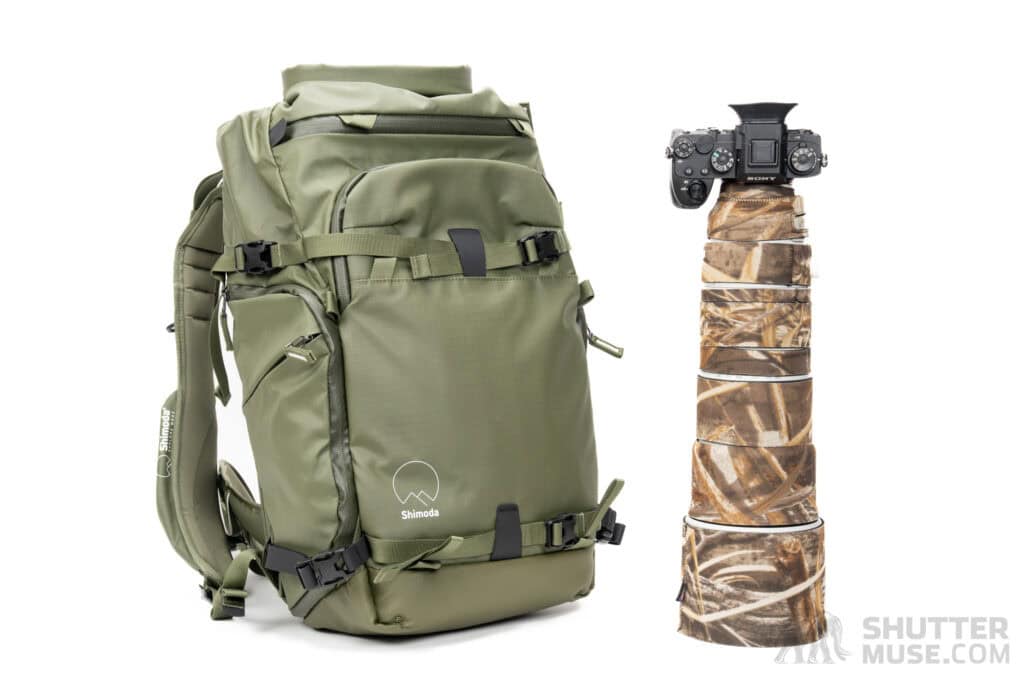
When Shimoda introduced the V2 versions of its Action X photo backpack series, I was pleased to see the introduction of a smaller 25L version. Many camera bag manufacturers make extremely high-quality backpacks in larger sizes. Still, a trend I have noticed for years is that if you wanted a smaller backpack, whether because you are a smaller person or want to carry a lighter load, when you went down in pack size, you were often left with fewer truly rugged, well-built options, and even fewer options for carrying telephoto lenses.
Scour the pages of stores like B&H Photo, and you’ll find a long list of small 20 to 25-litre camera packs that either fall into the lower price brackets or have features and materials better geared towards urban use. If you had the funds to buy a more premium product and needed durability to get you through the rigours of a life spent traveling the world, while also needing to carry a lens with a focal length long enough for serious wildlife photography, your options were severely limited. They were still limited when Shimoda first launched the Action X 25 V2. However, things have just changed.
Disclaimer: Shimoda provided the Action X25 and the new RST Core Unit for test and review. No money changed hands, and they were not allowed to see the content before it was published.
Action X25 V2 Features
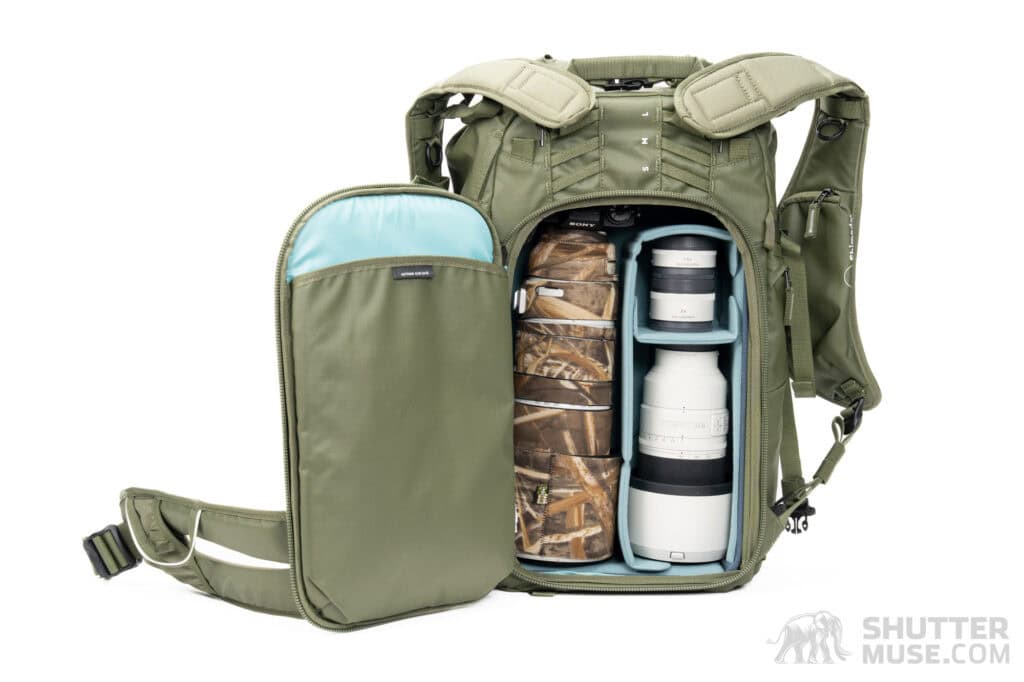
The Action X V2 Series of backpacks is packed with features that I have described in great detail in a review that covers all available sizes (X25, X30, X40, and X50). In this post, I’m focusing specifically on the X25 model and speaking even more specifically to wildlife photographers. Here are some of the key features I believe are important in this niche.
- Removable, adjustable hip belt
- Adjustable torso length
- Padded side, top and base handles
- Luggage handle pass-through
- Apple AirTag pocket
- 2x padded laptop sleeves
- Shoulder strap pockets for phone and water bottle
- Adjustable roll top for volume expansion
- Reinforced padded base
- Included rain cover
- Removable tripod and water bottle pockets “Drop Pocket”
- DWR and Carbonate Coating
- YKK SplashGuard zippers
- **NEW** – Support for super-telephoto zoom lenses up to something the size of the Sony 400-800mm G.
Long Lens Support in a Small Package

The introduction of Shimoda’s new RST (rear, side, top) Core Units, particularly the new L25 RST, has significantly expanded the potential uses of the small Action X25. Shimoda’s Core Unit range offers a variety of protective camera cubes, allowing you to customize the volume used for camera protection in your backpack. The new RST models are larger than previous Core Unit options and are designed to fill the whole volume of the backpack to allow for longer lenses to be carried in smaller bags. Additionally, they have a top-access zipper that allows you to extract a camera with some sizes of attached telephoto lens vertically from the bag.
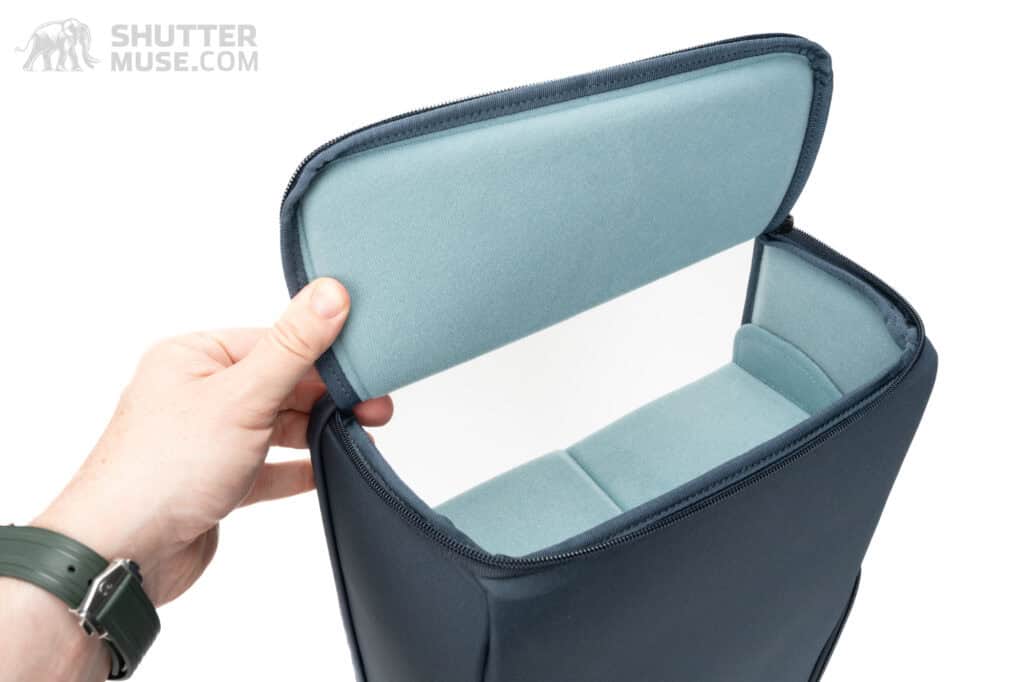
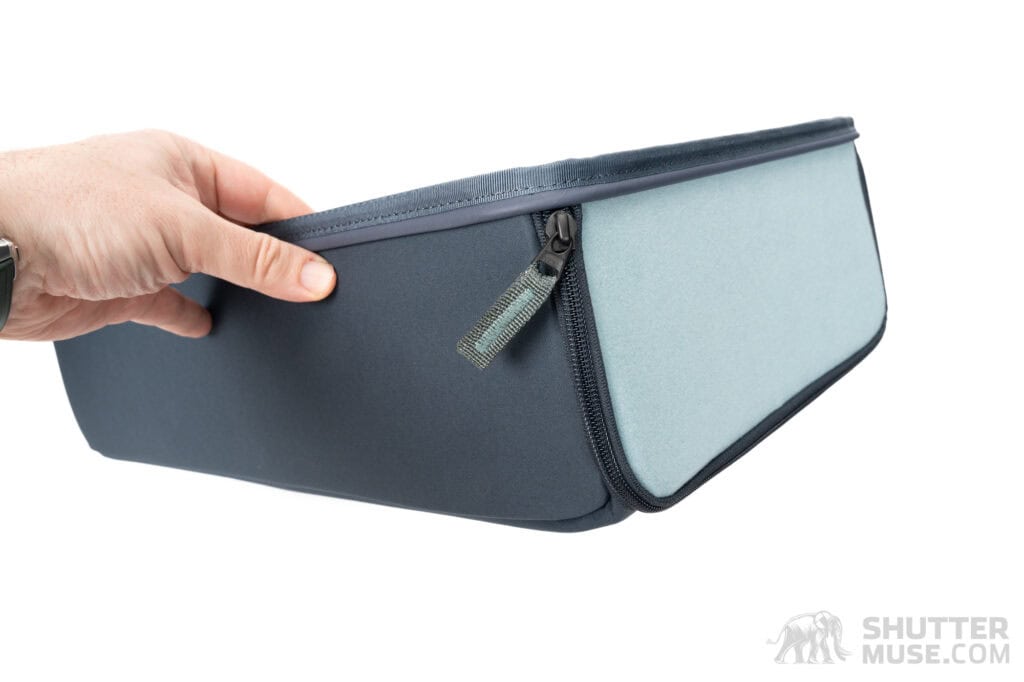
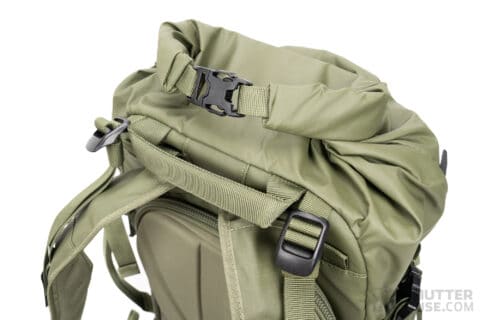
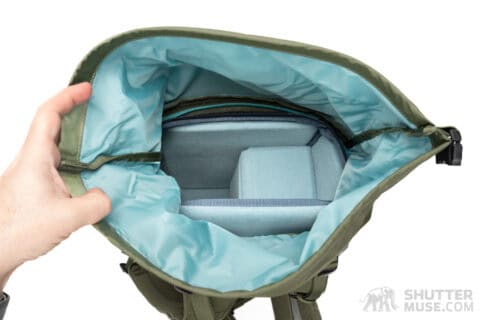
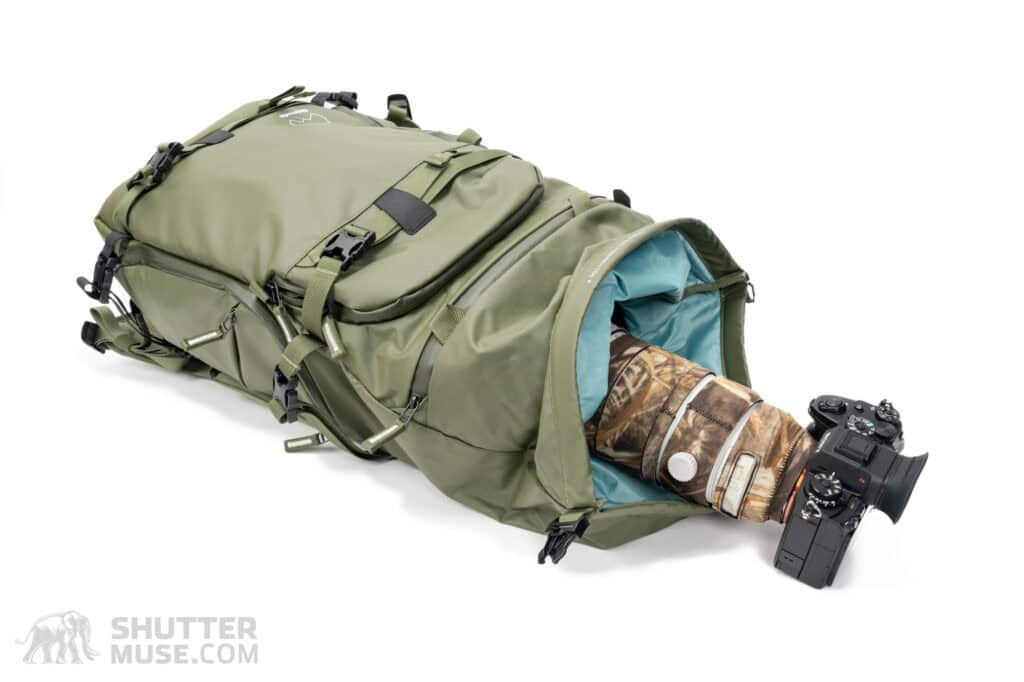
The L25 RST Core Unit is designed explicitly for the Action X25 V2 backpack. Importantly, its length is long enough to accommodate popular zoom telephoto lenses such as the Sony 200-600mm, Sony 400-800mm, Nikon 180-600mm, and Canon 200-800mm. I also tested it with the Nikon 400mm f/4.5, Nikon 600mm f/6.3, Canon 100-500mm, and Sony 300mm f/2.8. At review time, these lenses are among the most popular options for wildlife photography on the market.
Pairing the Shimoda Action X25 V2 with the L25 RST Core Unit delivers one of the smallest solutions for carrying these kinds of wildlife lenses. Not only that, you also get the benefit of Shimoda’s renowned designed-for-outdoors build quality, as well as the well-thought-out feature set, and the incredible comfort of the Action X Series’ contoured harness.
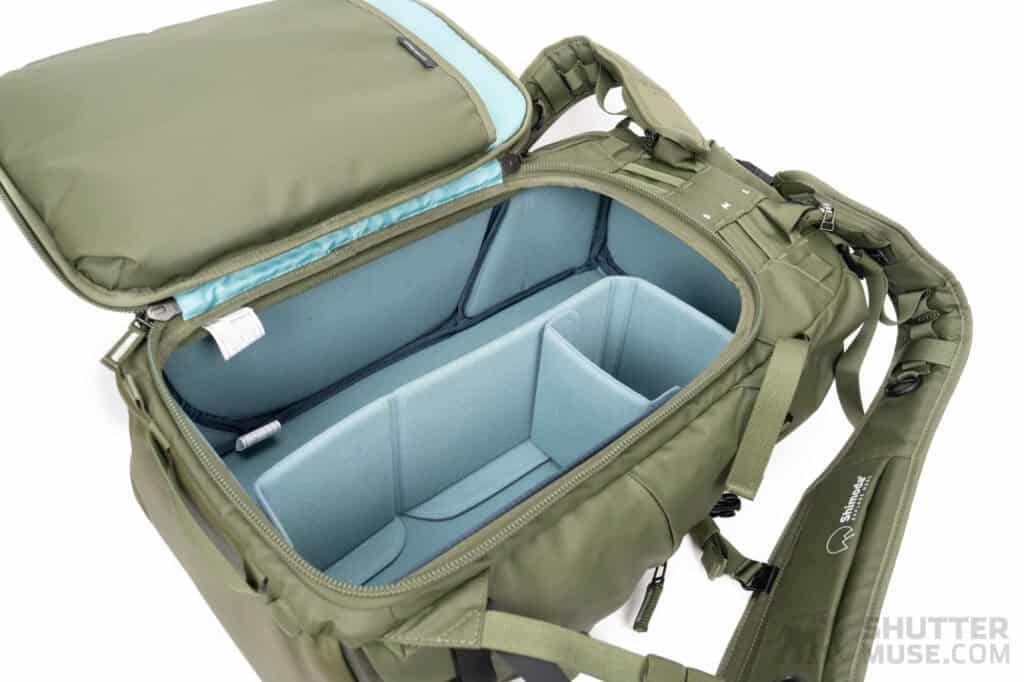
Alongside one of the aforementioned telephoto lenses, or something else of a comparable size, there remains enough for that often-useful shorter telephoto zoom, such as a 70-200mm f/2.8 or a 100-400mm, depending on the focal length of your larger lens. When packing for some of these scenarios, I found that the Core Unit had additional room that could be used to carry my teleconverters or a second camera body. Spare batteries, accessory essentials, and memory cards can all find a home in the large zippered front pocket of the backpack.

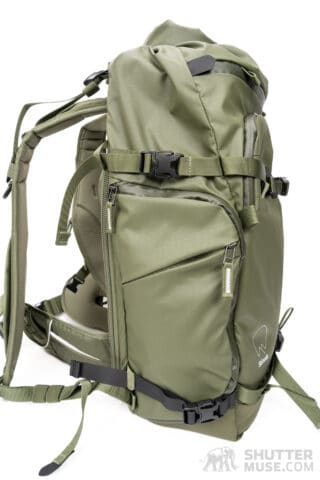
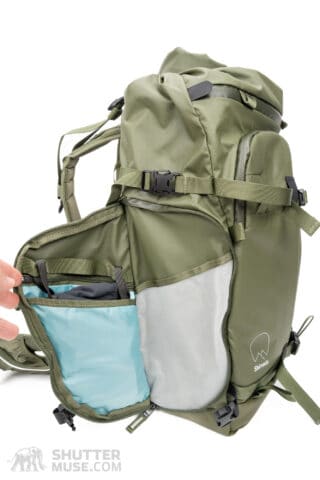
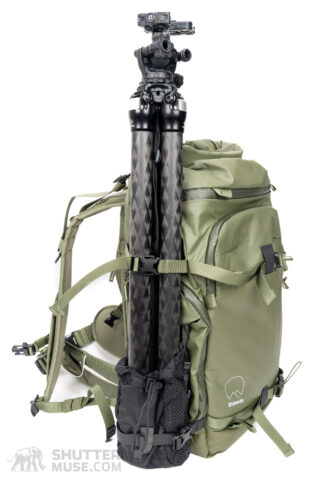
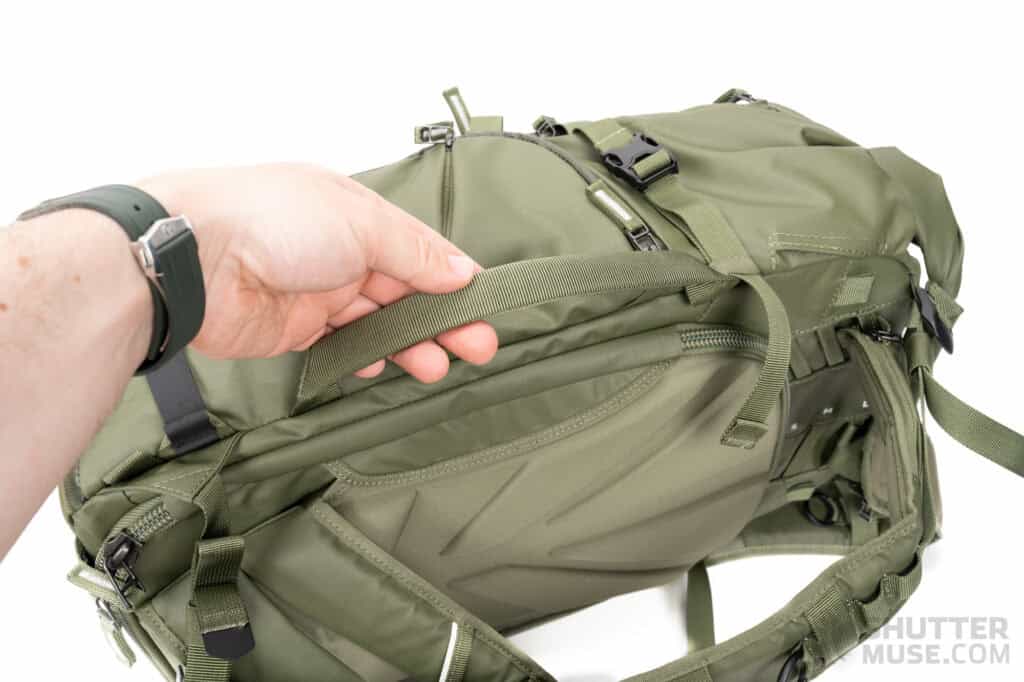
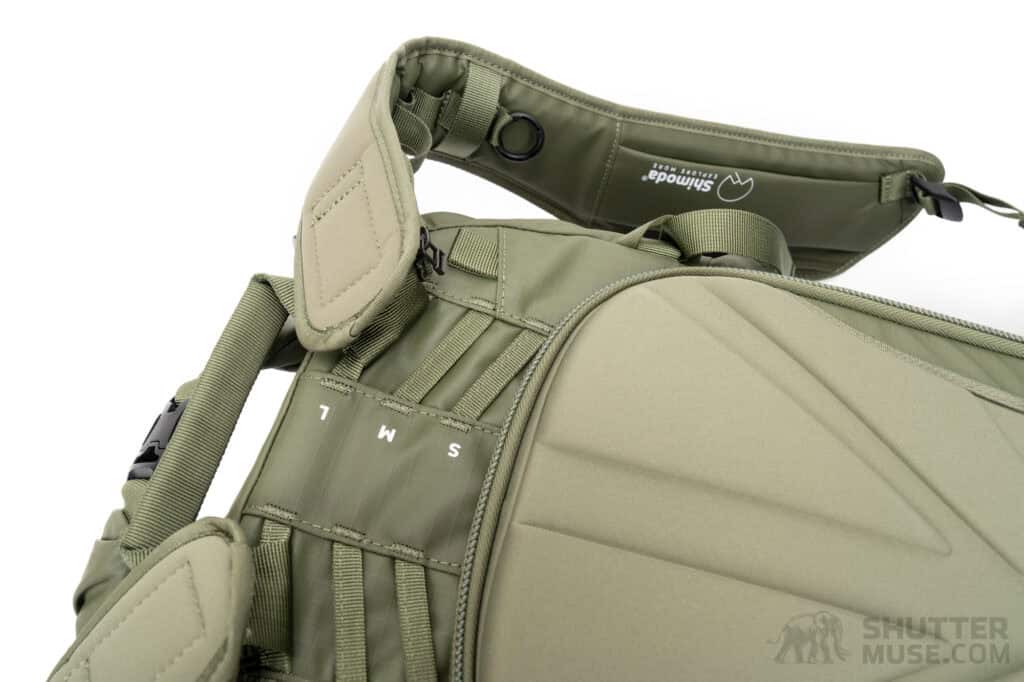
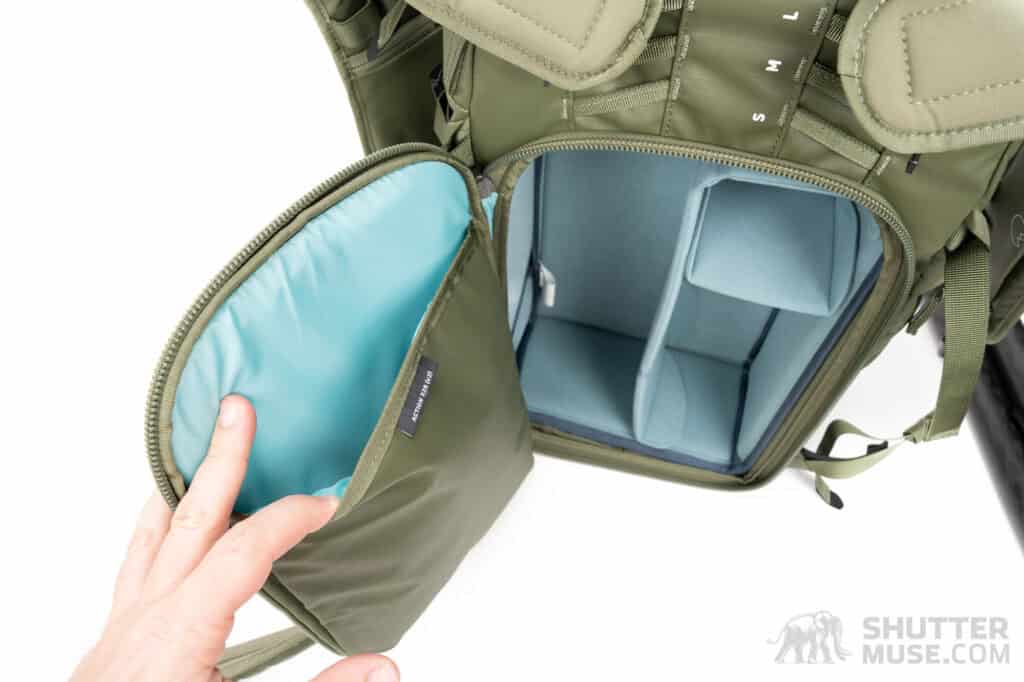
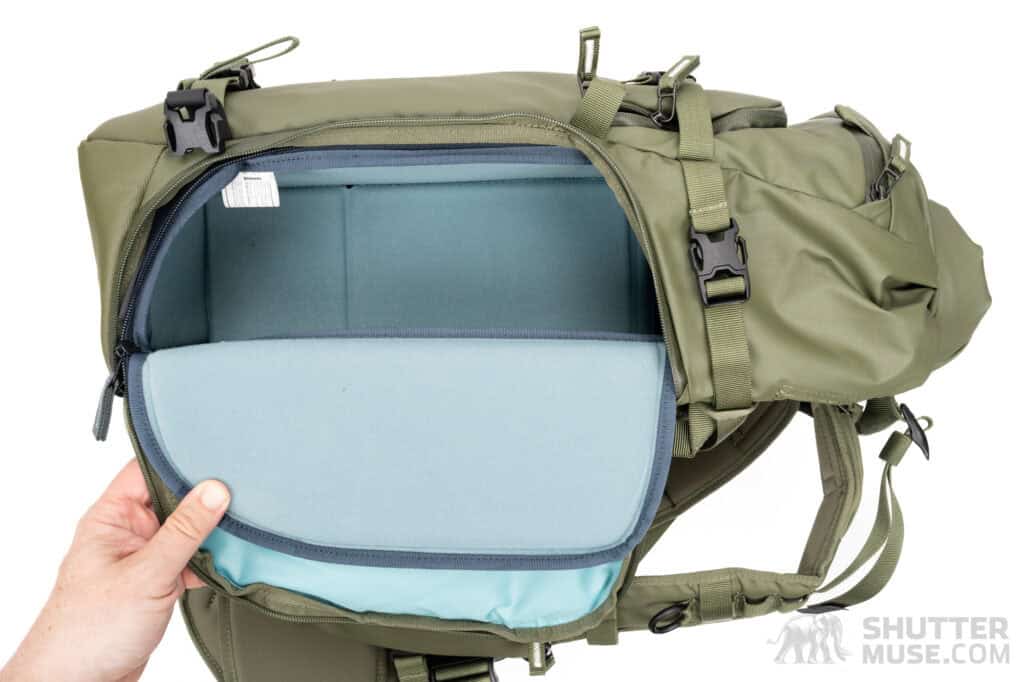
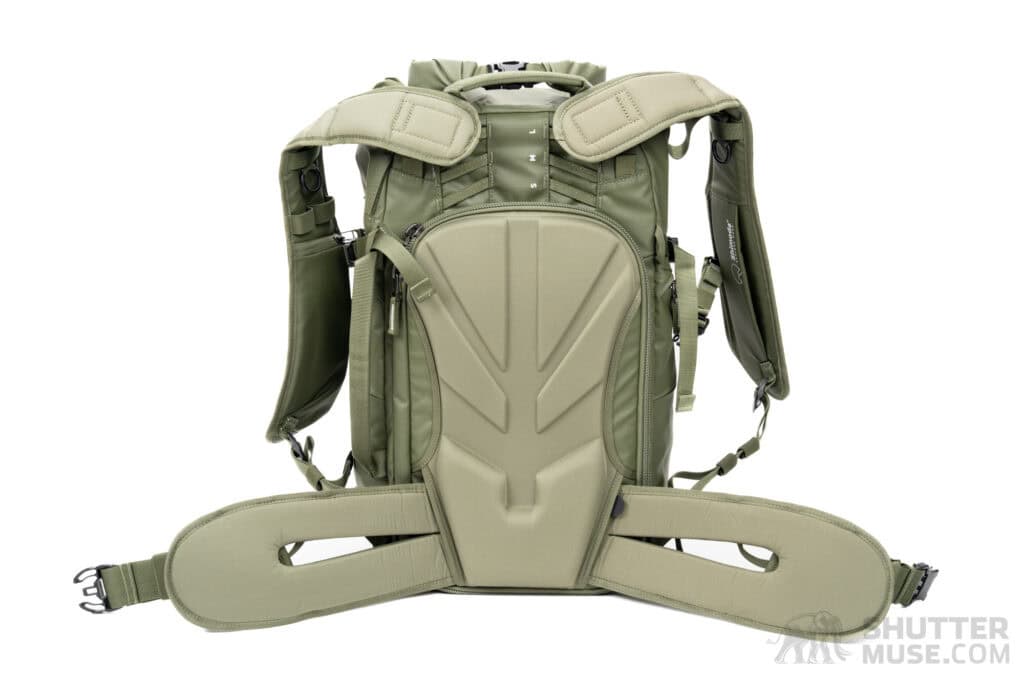
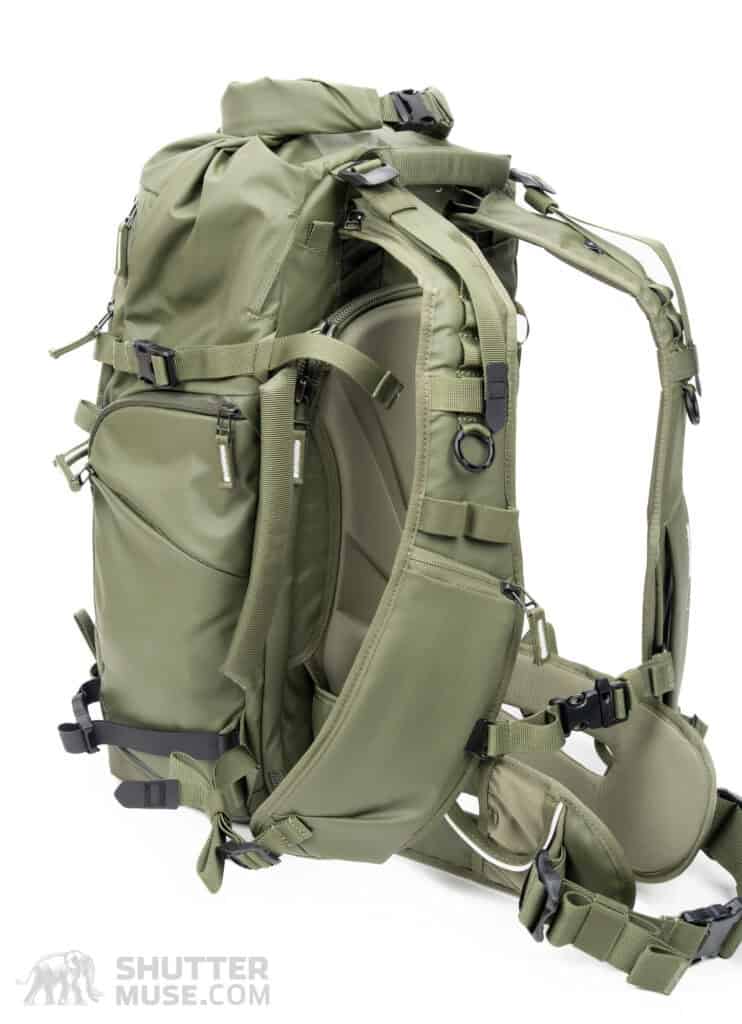
Load Out Photos
Here are some of the popular options I expect people to pair with this bag and the L25 RST Core Unit. Of course, there will be someone who has something different, like a Sigma 500mm f/6.3 or a Tamron 150-600mm. A friendly reminder that you can extrapolate the fit of your lens by judging the lenses in these photos and comparing their dimensions to your lens’s dimensions. Your lens will almost certainly have dimensions very close to one of the demonstrated options below. Please refrain from commenting and asking me to look this up for you when you are perfectly capable of doing it yourself on B&H Photo 🙂
- L25 RST External Dimensions – 10.2W x 17.7H x 5.1D in (26W x 45H x 13D cm)
- L25 RST Internal Dimensions – 9.4W x 16.9H x 4.7D in (24W x 43H x 12D cm)
- Weight – 1.2 lb (0.56 KG)
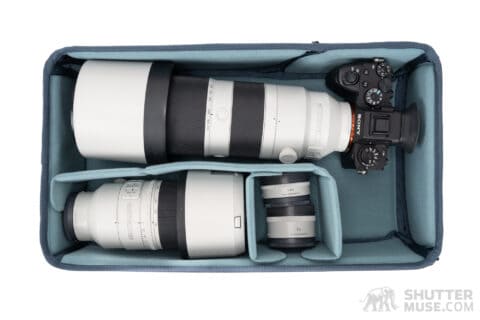
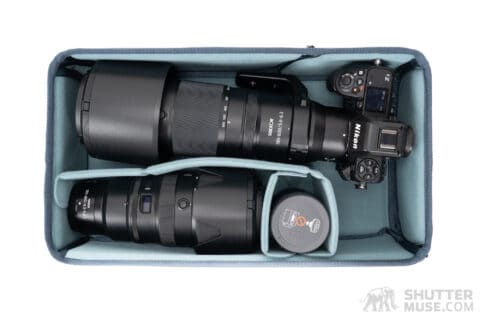
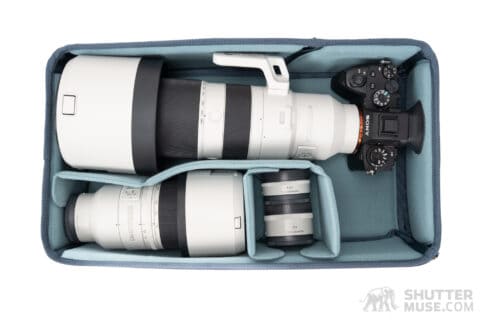
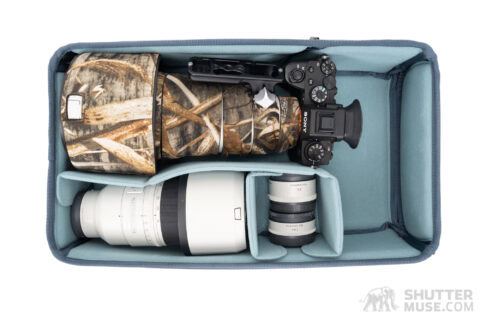
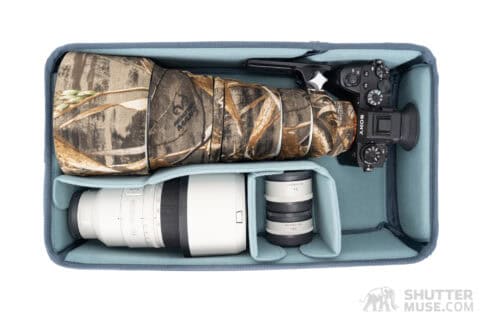
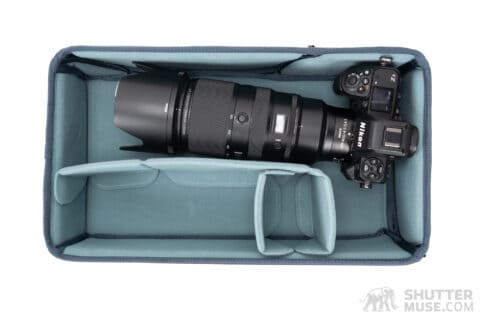
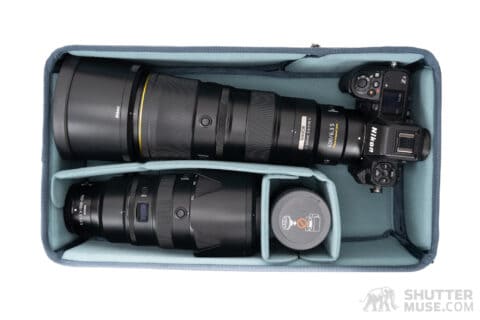
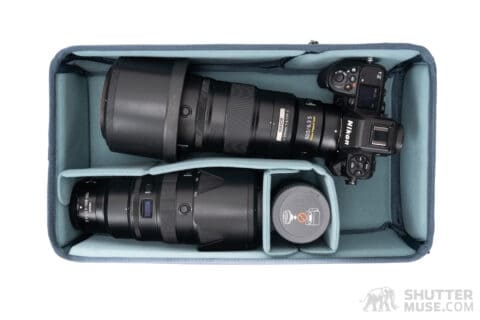
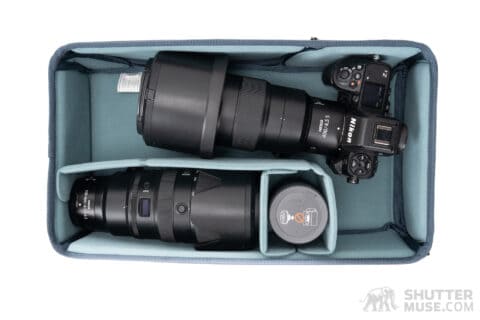
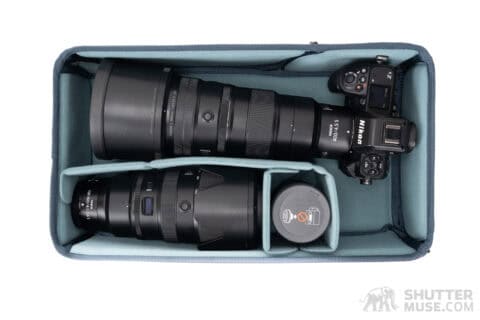
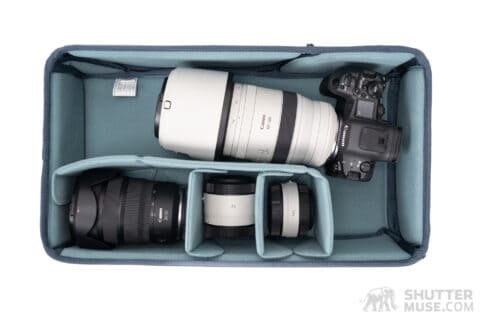
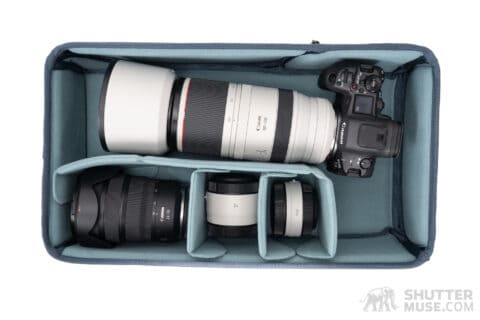
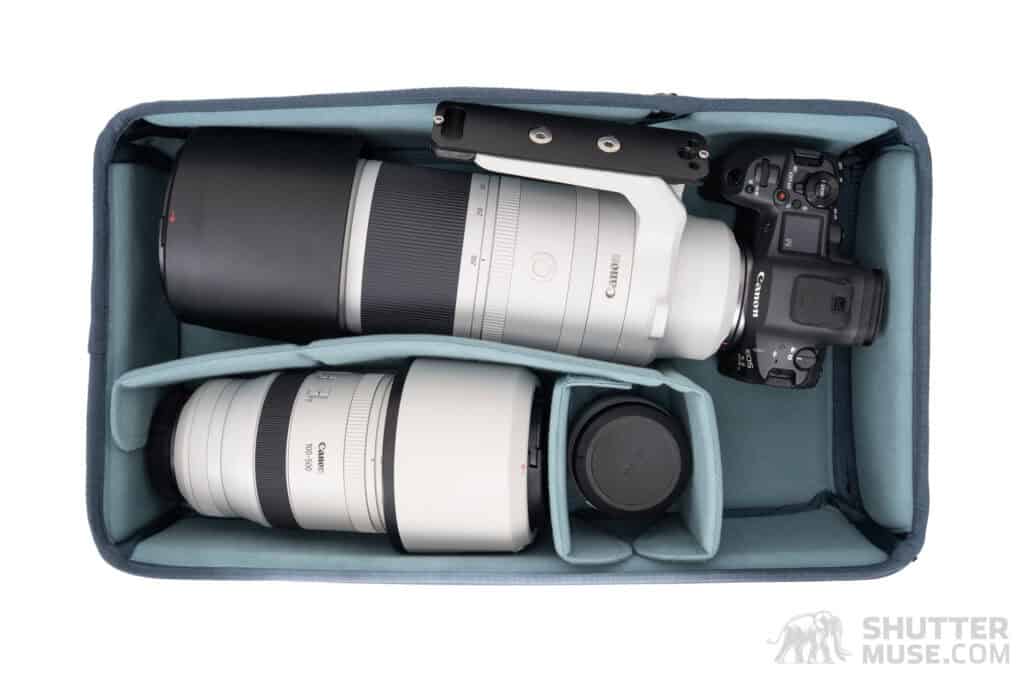
Top Access
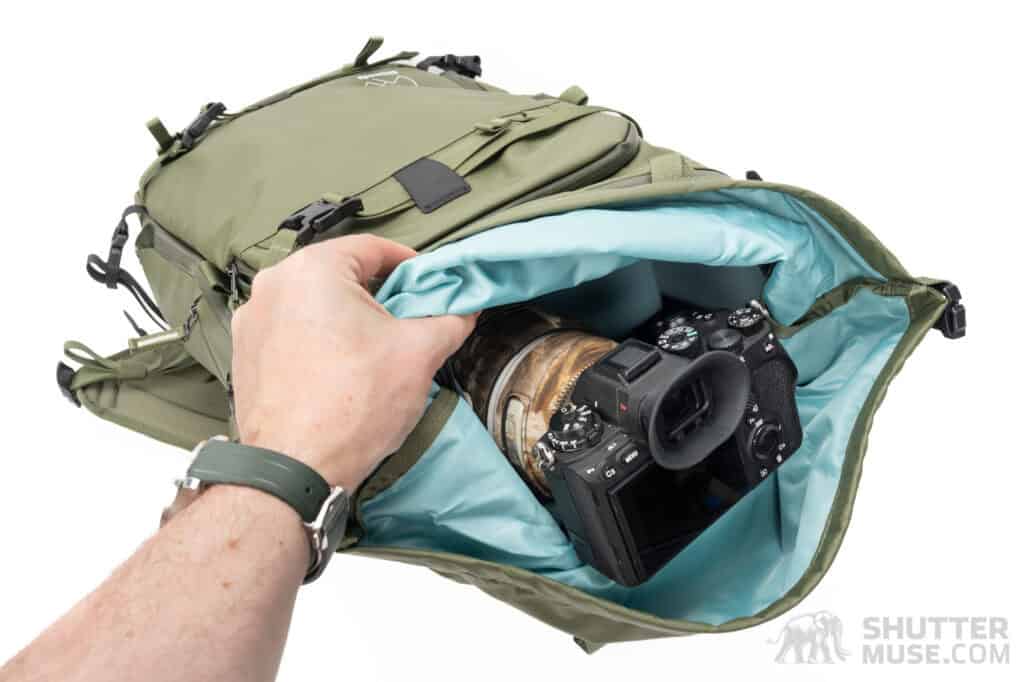
I glossed over this earlier, but the fact that the L25 RST Core Unit features a top zipper should not be overlooked. Wildlife encounters can be fleeting, and the possibility to quickly draw a telephoto lens with an already-attached camera body from your bag is a nice benefit over the back panel extraction that must generally be used with most camera backpacks.
The trick here is that the diameter of lens hoods utilized by some telephoto lens options is too wide to fit through the top opening of the Core Unit. Lenses like a 70-200 or 100-400mm will have no trouble. I also had no problem with the Canon 200-800mm hood, Nikon 180-600mm hood, Nikon 400mm f/4.5 hood, or Nikon 600mm f/6.3 PF hood. The Sony 400-800mm hood is a fair bit wider than that on the Sony 200-600mm, and it took some fiddling to get it out of the bag through the top opening. In practice, I wouldn’t use that lens in that way. The same goes for the Sony 300mm f/2.8 GM and the Canon RF 100-300mm f/2.8.
If you are a Sony user of either the 400-800mm or 300mm GM lens, you can use a slimmer Zemlin lens hood to ease this issue. If you don’t want to go down that route, these lenses still pair nicely with this bag, but you’ll have to extract them through the back panel opening. All of the lenses I have mentioned will fit in the L25 RST with a camera attached. So, even if you can’t pull it out vertically, in the case of those two popular Sony lenses, and the Canon 100-300mm, you can still keep a camera attached at all times, which significantly reduces your readiness time during unexpected encounters.
Conclusion
Telephoto zoom lenses, such as the Sony 200-600mm, Canon 200-800mm, and Nikon 180-600mm, have become increasingly popular among beginner to intermediate wildlife photographers in recent years. Even pros are often grabbing lenses like this for days of shooting where the size and weight of the typical telephoto primes get in the way of image making and fun. The “less is more” approach to wildlife photography is an upward trend.
I’ve never had trouble finding recommendations for the best camera bag to carry larger telephoto prime lenses. My go-to options have been the Gura Gear Kiboko 30L+, Shimoda Action X40 V2, and Action X70 HD for many years, depending on how much gear you want to carry, how far you’ll walk, and how you’ll travel along the way. The issue has been what to recommend to people who want to keep their kit as compact as possible, without compromising on features and build quality.
One option is the smaller Gura Gear Kiboko 22L+. With its butterfly opening, this is an excellent bag for use in safari vehicles. Still, it falls short in terms of comfort during long hikes, and its boxy design, which is ideal for maximizing usable volume during air travel, carries a bit awkwardly compared to the Shimoda Action X bags. The popular telephoto zooms and lightweight primes all fit in the more comfortable Kiboko 30L+ or the larger Shimoda bags. However, size-wise, they are excessive for most people, particularly those who only want to carry that one lens. The new combination of the Action X25 V2 and L25 RST Core Unit fills a gap and, especially in the excellent Army Green color, will now be my top recommendation for a compact, ruggedly built wildlife photography backpack for smaller primes and telephoto zooms.

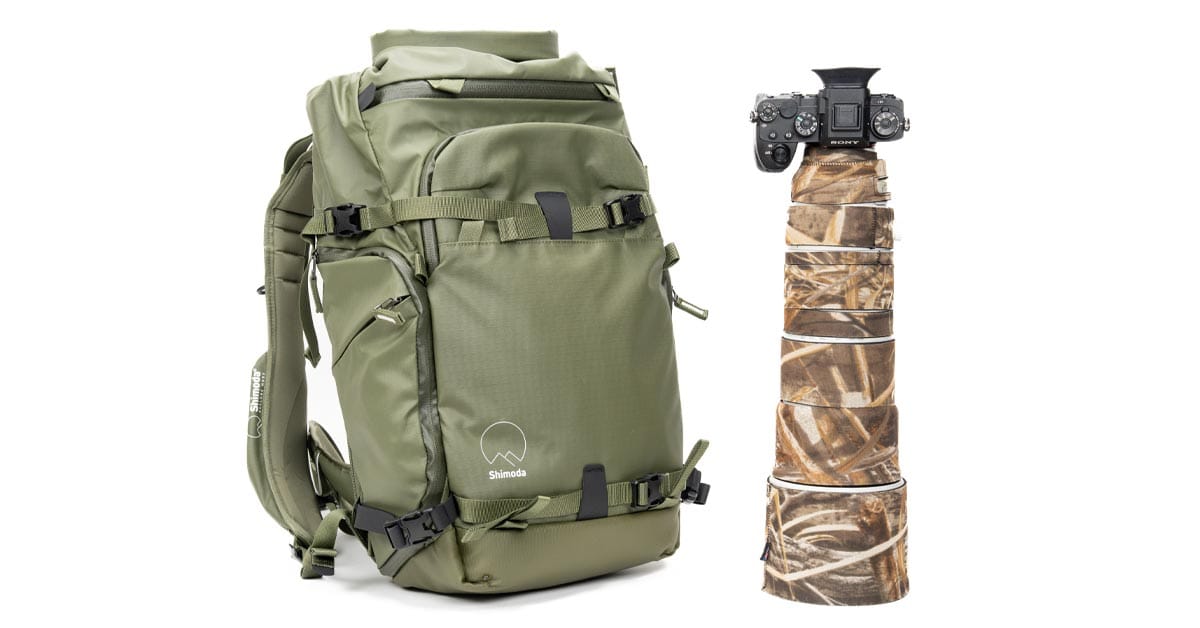
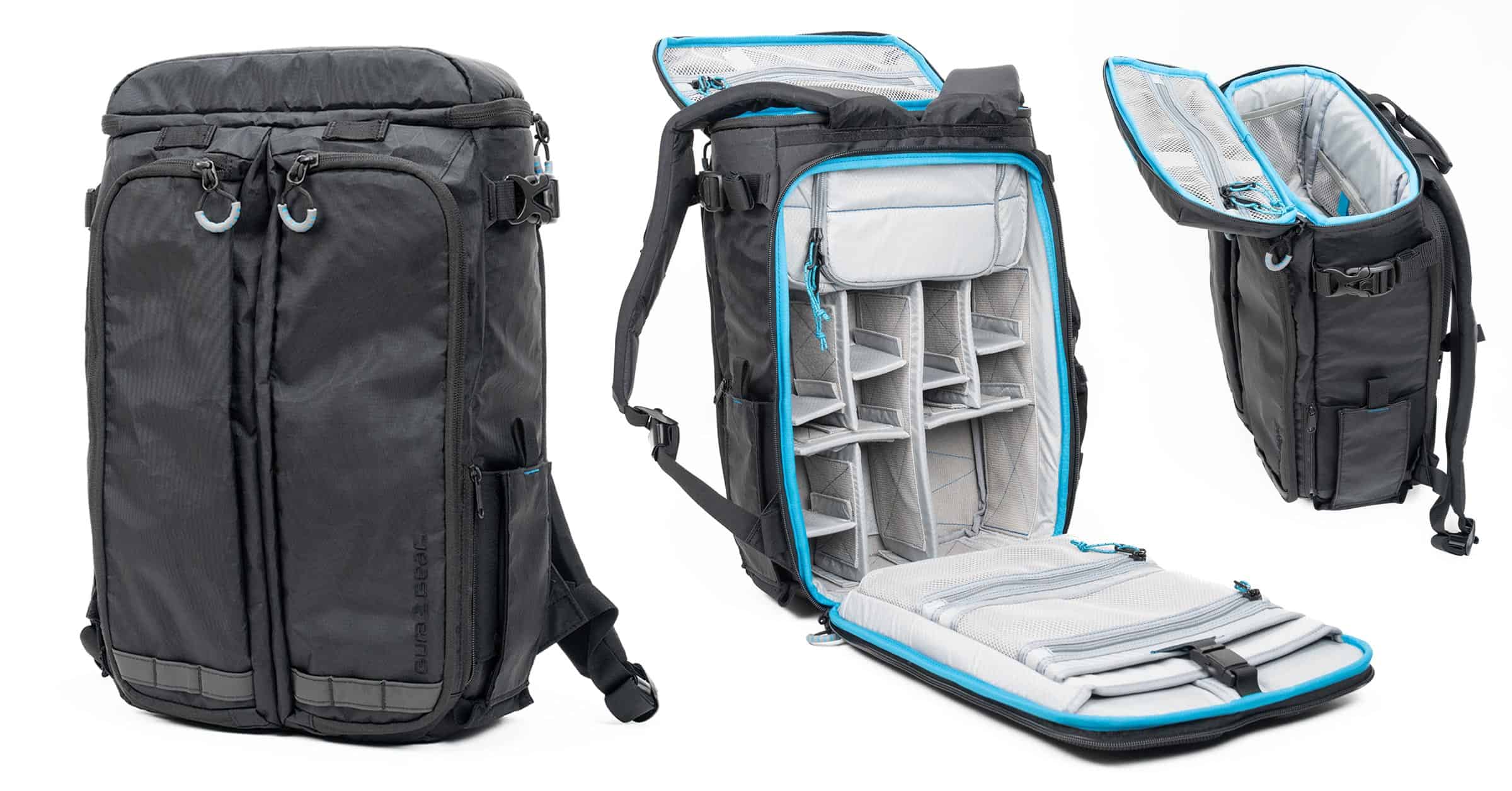
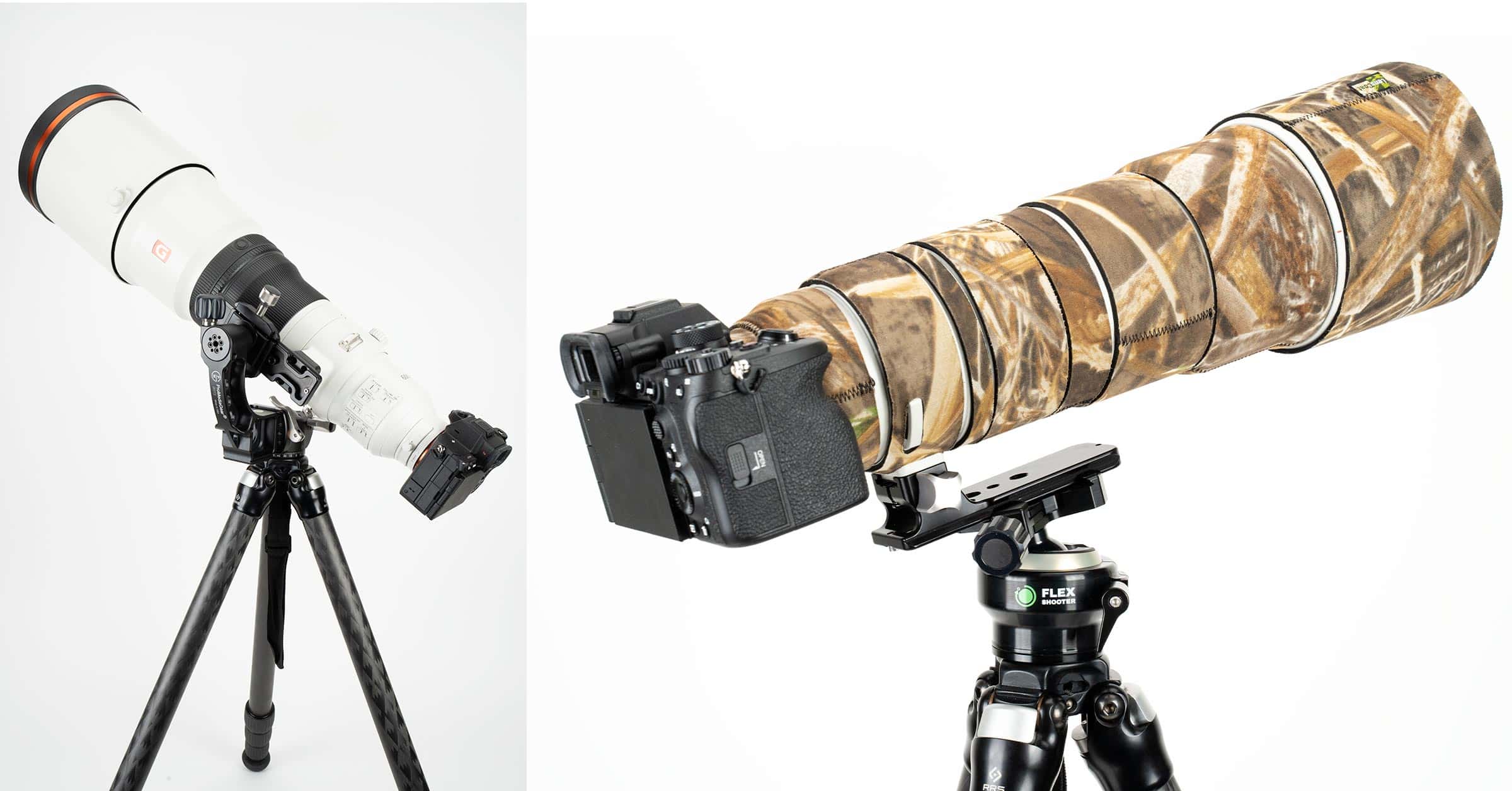
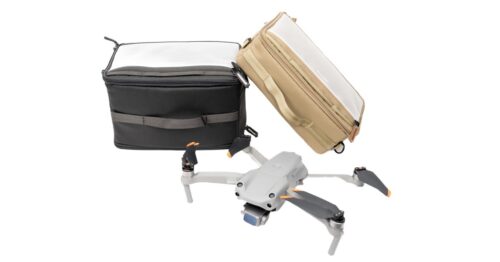
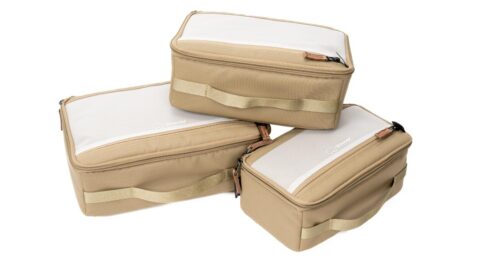
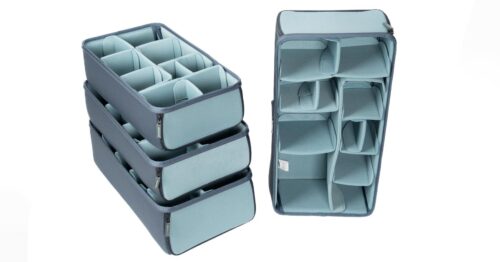
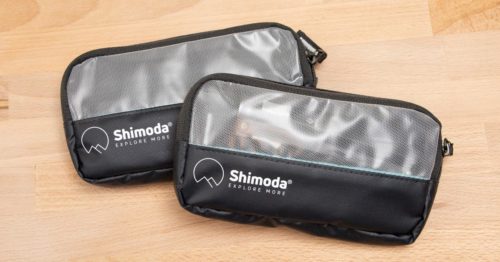


Hello Dan !!!
Once again, a wonderful review, full of details, pros and cons.
But, for me, as a user of OM System équipement, ie the 150-400mm lens, it would have been nice if you had included the diameter of all those lens hood you mentioned in the review.
Of course, I’ve been able to find these infos on the net, but would have save me some time… 😉
Keep up the good work Dan.
Regards,
Pierre
You stated that the Nikon 180-600 could be removed from the XL20 RST core unit through the top. However the depth of that unit is 119mm while the hood is 131mm. Was the fit super tight?